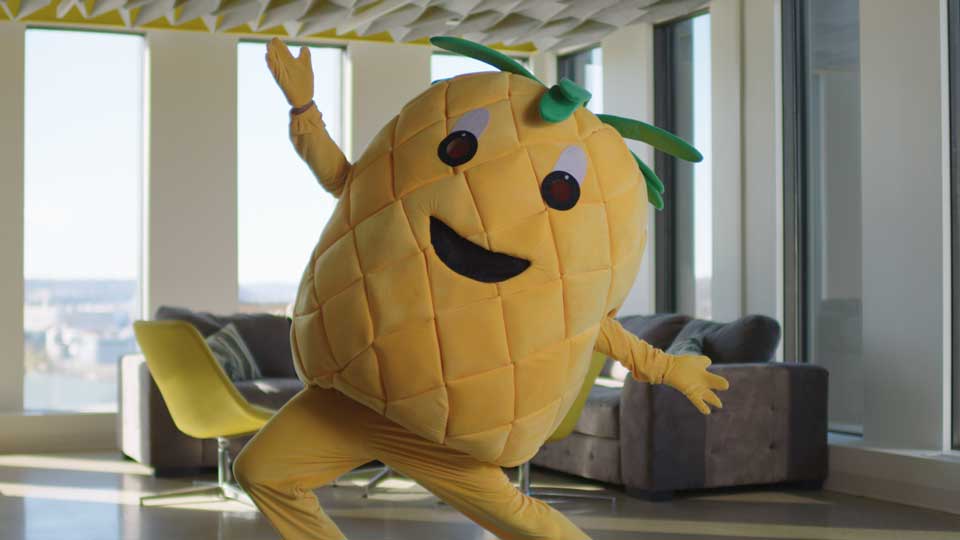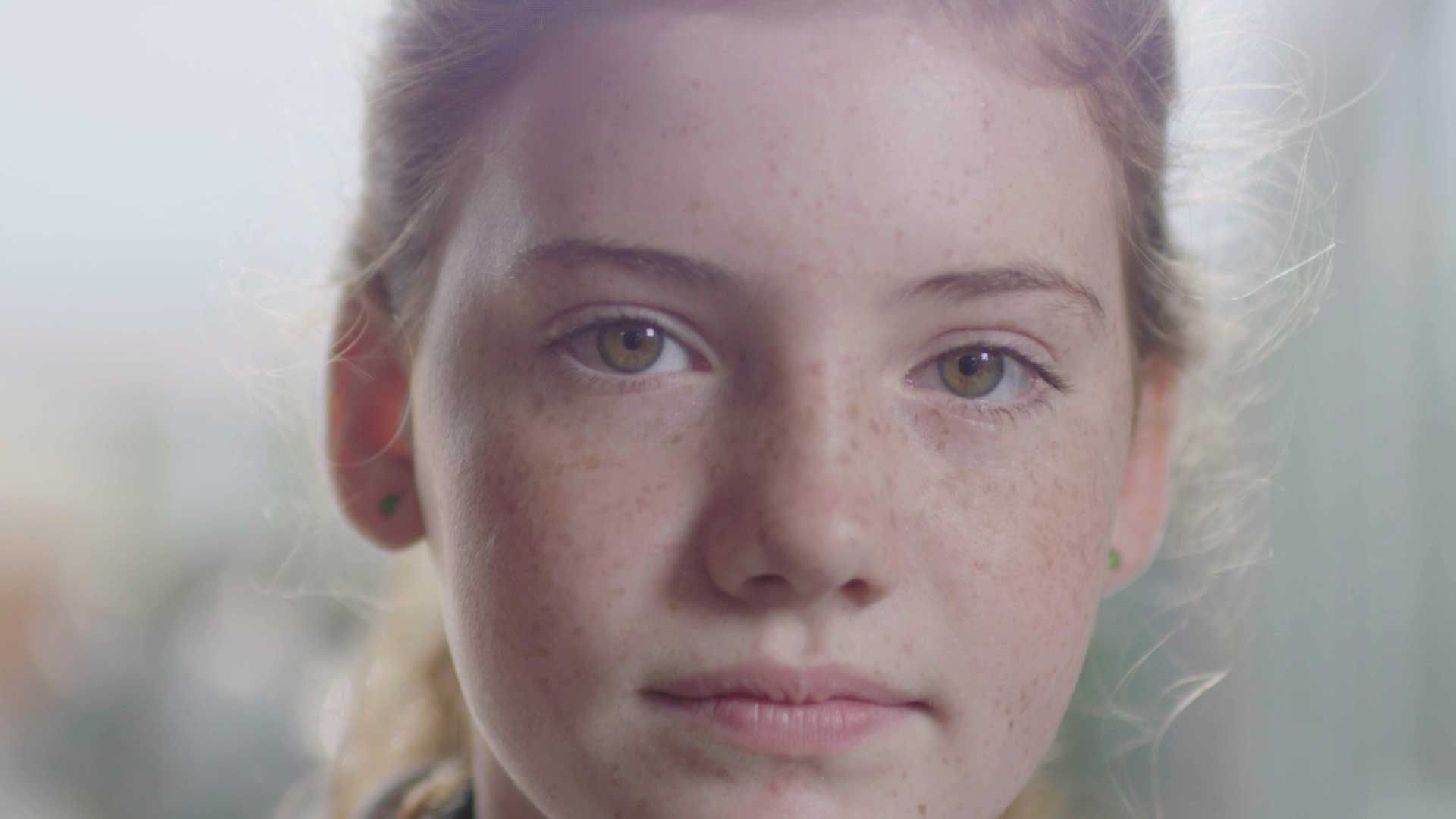Regarding the generative AI (GenAI) revolution, there are the prophets of doom and the fortune tellers of great riches. At Covalent, we’ll concede there are some compelling arguments made from either side, including one that realistically hit the mark for us – like this one from one of our favorite short fiction writers, Ted Chiang.
We’ve dabbled with AI and video production to create images that otherwise would have taken us hours to find in stock libraries, and we have used ChatGPT to challenge ideas and help us break out of creative funks. The possibilities of saving time in post and becoming more efficient in areas such as corporate video production seem endless. And yet, there are still limitations.
The Limitations of AI and Video Production
Creating the right image using prompts takes practice; even with the correct formulations, it can still spit out something you don’t want. ChatGPT may be able to ace essays and write a script, but it doesn’t have a unique voice and lacks the realism human writers can create. Specific post software can save time but tends to be buggy and only works if everything is done in a very cookie-cutter manner that fits within its parameters. Which is all a long-winded way of saying it still lacks humanity.
This may well all change. It may be inevitable that it does, which means the line between the human creator and GenAI will only become blurrier. However, we’re left with questions. Questions like: What do we want GenAI to do for us? And Why should we continue to develop it?
There is little doubt that AI could transform our Video, Marketing, and Advertising industry. Some colleagues have already felt the effects. But, the most important thing we need to consider when implementing GenAI is, what is our intention?
Artificial Intelligence and Intentionality
Currently, Copywriters, Graphic Designers, and Editors are going nowhere. However, it’s easy to envision a future where the roles of these individuals change. Instead of handcrafting and iterating on words, design, and the flow of a video, they prompt, give notes, and communicate with GenAI on their vision, only to have the algorithm spit it out.
This potential outcome with AI and video production most likely enthralls some of you while others are enraged or scared. To us, it is an opportunity to ask ourselves why we feel a certain way and what we want our industry to be in five, ten, and twenty years.
It has us thinking about how we want GenAI to infiltrate our lives and change our work. As people who have rediscovered their love of writing and the process of creating, we don’t want GenAI to replace that. We’re not even sure it will be able to completely, but we also won’t be surprised if it could and will.
Many editors and producers will appreciate the time that will eventually be saved with AI automation for logging footage and eliminating the bad takes and sound bites. As for concept and ideation, many in advertising will embrace AI’s ability to help us do it faster.
But will this lead us to create only more of the same? In a world that constantly tries to force many things to become commoditized, do we want the same for our industry?
At this moment, it’s hard not to see how the proliferation of GenAI could make this the case. It is hard to capture nuance and uniqueness without the human touch and the time it takes to immerse yourself in a brand or story.
There is little doubt there is a market for the commodity. We all have a desire to get things cheaper and faster. But is that meaningful?
Will prompting GenAI and allowing us to negate or skip over some of the time-consuming and frustrating hurdles innate in the process of creation actually make us happier? Richer? Better?
Maybe we’re overvaluing work and looking at it too creatively. Because we think the magic happens in the process. And if we keep whittling away at the process, taking the shortcut, and making it easier, we may miss something.
Or not.
Artificial Intelligence: Process Integration
There is a scenario where AI assimilates into our processes, helps us understand and comprehend things more quickly, and allows us to dive deeper and faster into the work. No shortcuts, just improvement.
We can see a version of the future where there are fewer jobs and more work done by fewer people. Companies squeeze out every dollar they can to save money and be more profitable while paying fewer people. While highly skilled individuals are no longer needed and are now forced to find a new purpose in work.
We can also see a world where we all become more efficient and can work only four days a week while producing twice as much as we once did (and getting paid like it)—having more free time to pursue hobbies and spend time with family and friends.
So, this is a long-winded way of saying we don’t know what the future holds, but we think we have been presented with a unique opportunity. We have a say in it.
The decisions we make now will no doubt influence the future, and like the invention of the atomic bomb, which can annihilate cities but also provide a powerful source of clean energy, how we decide to use the transformative tool that GenAI is will tell us a lot about what we value.
So, what do you want generative AI to be? Think about it.








